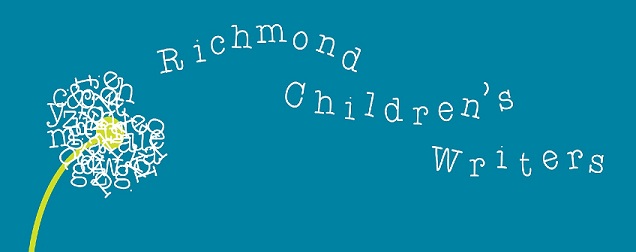Our group meets once a month to review one another's manuscripts, point out what is working and offer suggestions for improvement. It's also a time when we catch up with news, share market knowledge, and encourage each other. Here are some topics that came up during our recent May meeting.
QR Codes: These little babies look like patchwork quilts the size of a postage stamp. They are incredible! Hazel showed us the one she made for her website. What a great marketing tool! We oohed and aahed as she demonstrated how it worked. We admit to being easily amused, but still . . . it was very cool.
Settings: Think about giving your story a specific setting (a certain park) as opposed to a general setting (any park). A specific setting lends richness and depth that general settings don’t. While a general setting might have universal appeal, specific settings can ground your story in authenticity. People are usually interested in specific places, even if—or maybe because—it’s somewhere they haven’t been.
Beginnings: Finding the best entry point for your story is TOUGH! Sometimes you have to write a whole bunch of scenes before the best opening becomes evident, and that is perfectly normal in the whole process. The opening scene should reflect the kind of story you’ll be telling the reader. If there are fantasy elements in the book, there should be something up front that makes it clear that magic is part of (or possible in) this world.
The Art of Exaggeration: If you’re writing a fictional story based on something that actually happened, sometimes you have to take that event and exaggerate it. Make the emotions stronger and the tension higher. Build things up in a crescendo that leads to the resolution. Sometimes we are wedded to the actual event, but we have to let go and really take it over the top!
What's the latest buzz with your writing buddies? Do tell.










